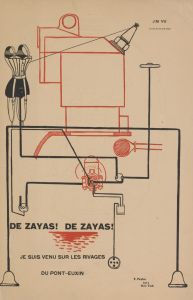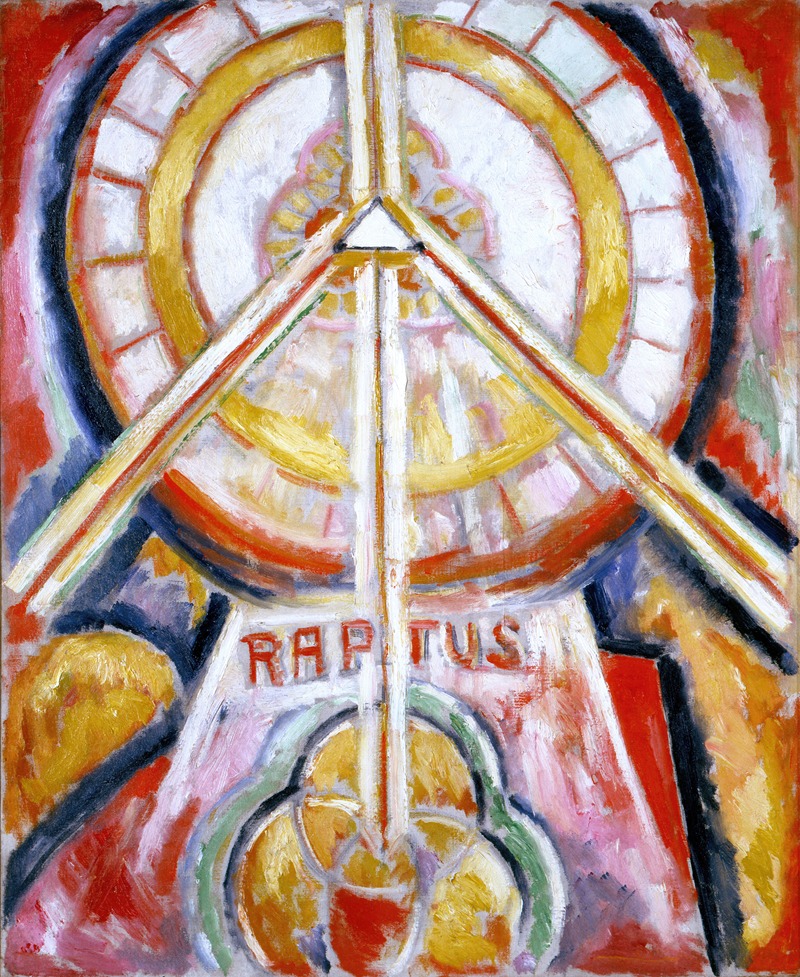
Raptus
A hand-painted replica of Marsden Hartley’s masterpiece Raptus, meticulously crafted by professional artists to capture the true essence of the original. Each piece is created with museum-quality canvas and rare mineral pigments, carefully painted by experienced artists with delicate brushstrokes and rich, layered colors to perfectly recreate the texture of the original artwork. Unlike machine-printed reproductions, this hand-painted version brings the painting to life, infused with the artist’s emotions and skill in every stroke. Whether for personal collection or home decoration, it instantly elevates the artistic atmosphere of any space.
Marsden Hartley, an American modernist painter, created the painting "Raptus" in 1913. Hartley was known for his bold use of color and form, and his works often reflected his interest in mysticism and symbolism. "Raptus" is a significant piece within Hartley's oeuvre, showcasing his unique style and thematic preoccupations during this period.
Hartley was born in Lewiston, Maine, in 1877 and became a prominent figure in the early 20th-century American art scene. He was associated with the Stieglitz Circle, a group of avant-garde artists and photographers who were championed by the influential photographer and gallery owner Alfred Stieglitz. Stieglitz played a crucial role in Hartley's career, providing him with opportunities to exhibit his work and introducing him to other leading artists of the time.
"Raptus" is part of Hartley's "German Officer" series, which he painted during his time in Berlin from 1913 to 1915. This series was deeply personal and emotionally charged, as it was inspired by his close relationship with a German officer, Karl von Freyburg, who died in World War I. The paintings in this series are characterized by their abstract forms, vibrant colors, and symbolic elements, which Hartley used to convey his grief and admiration for von Freyburg.
In "Raptus," Hartley employs a dynamic composition filled with geometric shapes and bold colors. The painting features a complex interplay of forms, including crosses, circles, and other abstract motifs, which create a sense of movement and intensity. The use of military symbols, such as the Iron Cross, reflects the influence of von Freyburg and the broader context of the war. Hartley's choice of colors, including deep reds, blues, and blacks, adds to the emotional impact of the piece, evoking feelings of passion, loss, and reverence.
Hartley's time in Berlin was a period of significant artistic growth and experimentation. He was influenced by the German Expressionists and the European avant-garde, which is evident in the bold, abstract style of "Raptus." This painting, along with the other works in the "German Officer" series, marked a departure from his earlier, more representational work and established him as a leading figure in American modernism.
After returning to the United States, Hartley's work continued to evolve, but the influence of his Berlin period remained evident in his later paintings. "Raptus" and the "German Officer" series are considered some of his most important contributions to modern art, reflecting his ability to blend personal emotion with innovative artistic techniques.
Today, Marsden Hartley's "Raptus" is recognized as a significant work in the history of American art. It exemplifies his unique approach to abstraction and symbolism, as well as his ability to convey deep emotional experiences through his art. The painting is held in high regard by art historians and continues to be studied and appreciated for its artistic and historical significance.





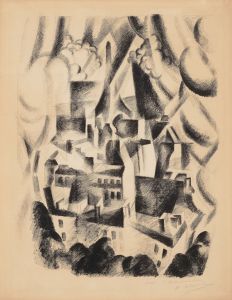
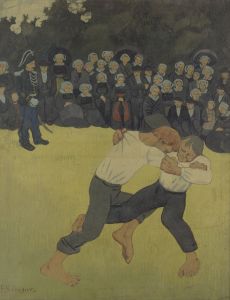
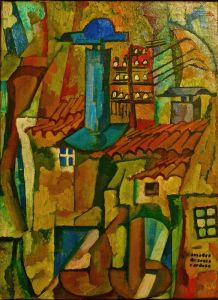
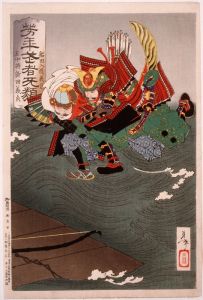
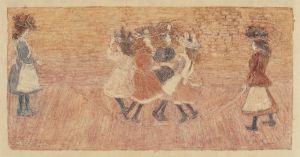
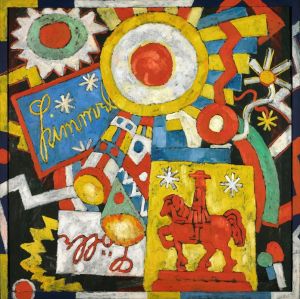

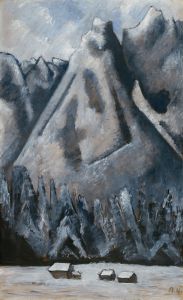
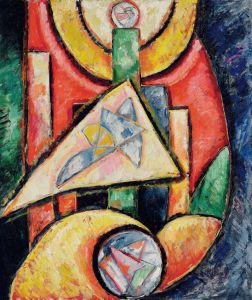
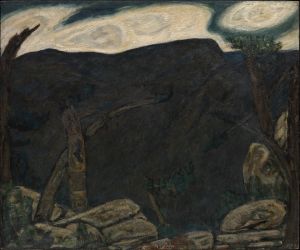
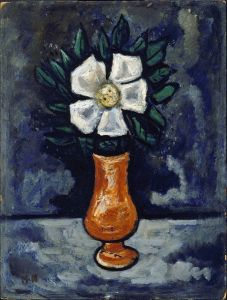
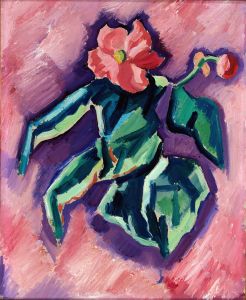
![Designs for theater with black-framed proscenium and boldly colored settings.] [Study for stage light wall decoration, possibly for Caf ̌Crillon …](/imgs/249422/s/winold-reiss-designs-for-theater-with-blackframed-proscenium-and-boldly-colored-settings-study-for-stage-light-wall-decoration-possibly-for-caf-crillon--887bf6b8.jpg)
